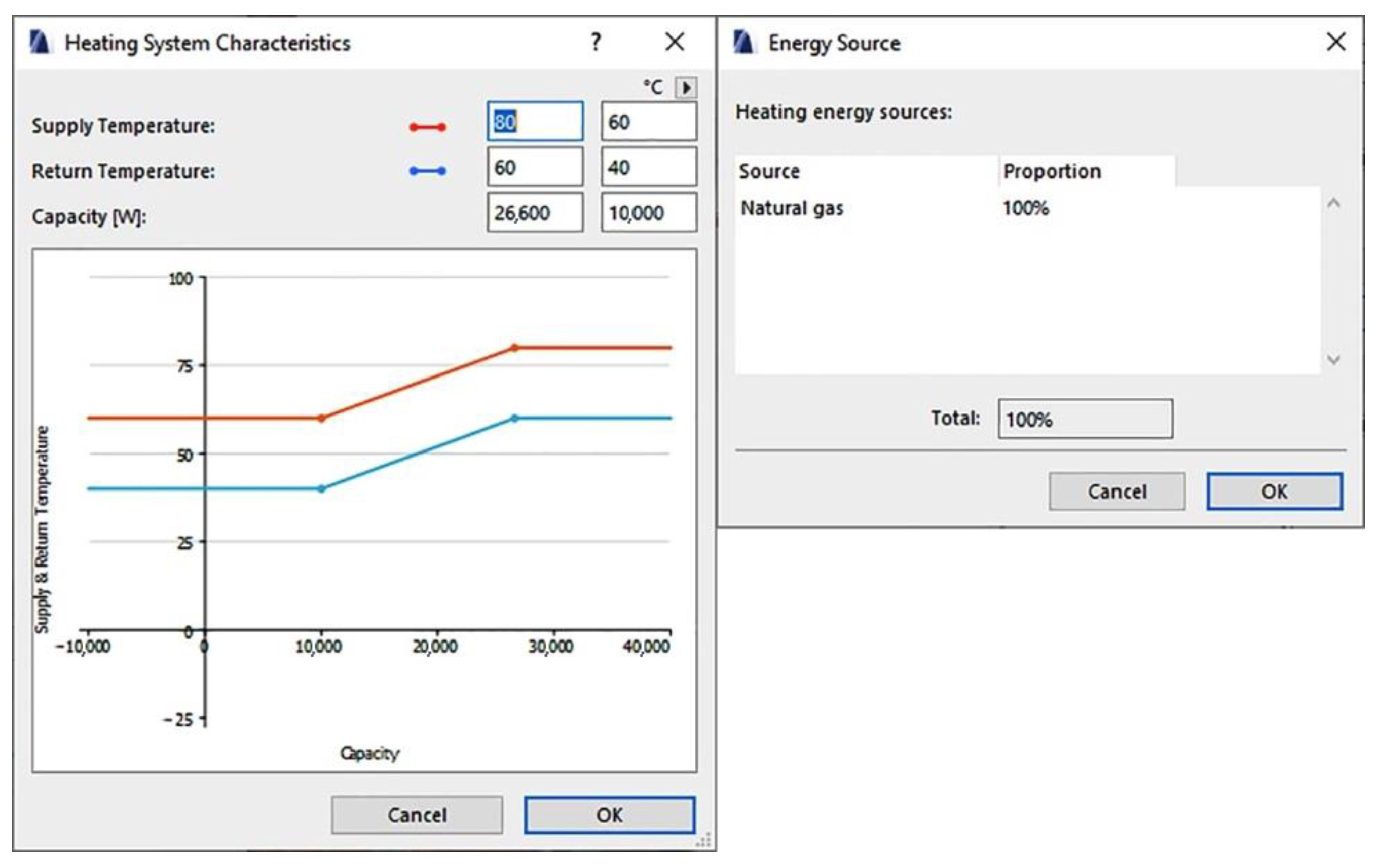

The new Daylight Glare Probability calculation in IESVE 2019. And finally, we also saw how IESVE 2019 helps designers with decarbonization by estimating energy consumption and carbon emissions of buildings with graphic-rich performance metrics and outputs.įigure 7. There is a new glazing database which includes all of the popular commercial glazing manufacturers, making façade design and glazing specification easier for the designer. Additionally, IESVE 2019 also includes a new Daylight Glare Probability (DGP) metric which, when coupled with the daylight performance simulation, allows a better evaluation of the visual comfort for the building occupant (Figure 7). The tracking of a building’s performance against the AIA 2030 Commitment has been greatly simplified with a one-click Navigator tool that sends building data and building energy model results to the AIA 2030 Design Data Exchange.

A new Schematic Design Geometry Wizard is available for quickly creating the schematic-level building model for building performance analysis, only requiring the designer to specify the building footprint and orientation, the number of floors and the kind of roof, and the window-to-wall percentage of external glazing (Figure 6).

On the energy analysis front, IES showed the key features of its new IESVE 2019 release that would be of most interest to architects and building designers. The ability to use the clip cube on sheet layer viewports in Vectorworks 2019. Vectorworks showed its new annual release, Vectorworks 2019, that has a host of new features including a new live-sync plug-in that allows designers to perform real-time rendering in the popular rendering application, Lumion, while making design changes in Vectorworks the ability to use Vectorworks Cloud Services to generate presentations of designs with a simple drag-and-drop interface (Figure 4) a new filtering capability when searching through layers and classes the ability to use the clip cube on sheet layer viewports in addition to regular viewports, providing greater flexibility in creating more lucid presentation drawings (Figure 5) a new Data Tag tool for tagging and displaying the BIM data in objects, with the ability to automatically tag multiple objects the addition of BIM data sets to all architectural symbols making it easier to exchange BIM data with others bi-directional control with COBie, which not only automatically updates the COBie worksheet when the model is edited, but also enables data in the COBie worksheet to be updated to drive changes in the model better control over IFC export the ability to batch import Revit families for improved collaboration with Revit and many more.įigure 5. Bentley's OpenSite Designer has evolved from generating optimized site design to becoming a full-fledged design and documentation tool for civil engineers.
#Ies ve revit exceptions pro#
GRAPHISOFT had just come off its KCC 2019 event held earlier that week (described in AECbytes Newsletter #97), and showed a preview of ARCHICAD 23, its BIMx Pro mobile app, and the upcoming integration with Twinmotion which wowed attendees with its stunningly photorealistic renderings incorporating real-time raytracing (Figure 1).įigure 3. BIM for ArchitectureīIM continues to be the centerpiece technology in architectural practice, and all the leading BIM vendors were at hand (with the exception of Autodesk, who I could not find in the Technology Pavilion) to exhibit the latest versions of their solutions. Needless to say, this makes it a key conference for any technology vendor looking to demonstrate how their product(s) could help architects design and deliver better projects more efficiently and effectively, and it is therefore an excellent venue to get a rundown of the latest and greatest technologies that are available.įor the 2019 event, they fell, broadly speaking, into the categories of BIM, performance analysis, project information management, specifications, model checking, and of course-this being an architectural conference-visualization. The AIA is the largest annual conference for architects in the US, with an average attendance of close to 15,000 registrants. They were all conveniently located together in the Technology Pavilion at the AIA Expo, which also featured a whole host of other building products and services that would be of interest to architects-there were over 650+ exhibitors in total. The annual AIA 2019 Conference on Architecture was held last month in Las Vegas and it provided me with the opportunity to see the latest AEC technology offerings, both from established vendors as well as some new ones.


 0 kommentar(er)
0 kommentar(er)
